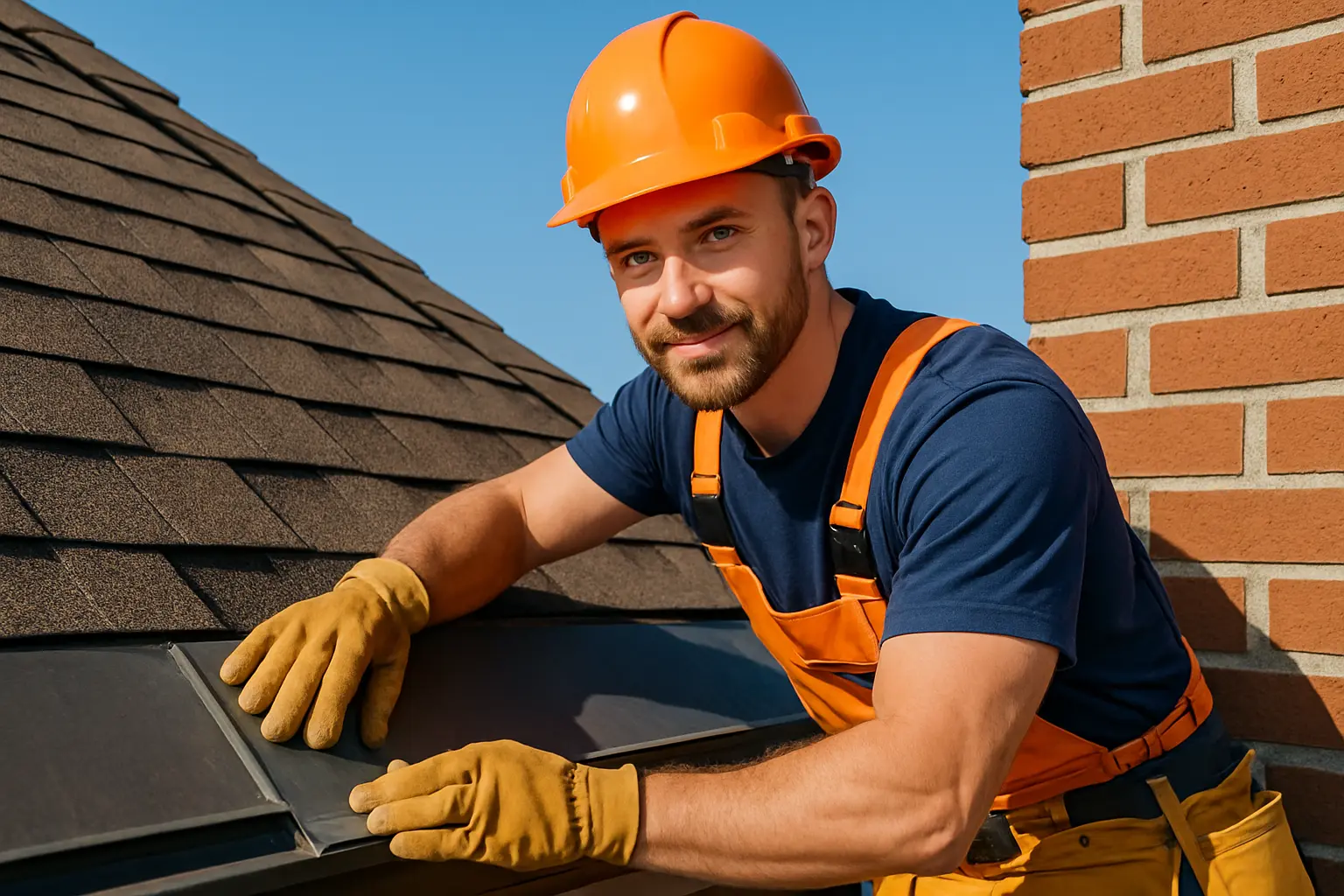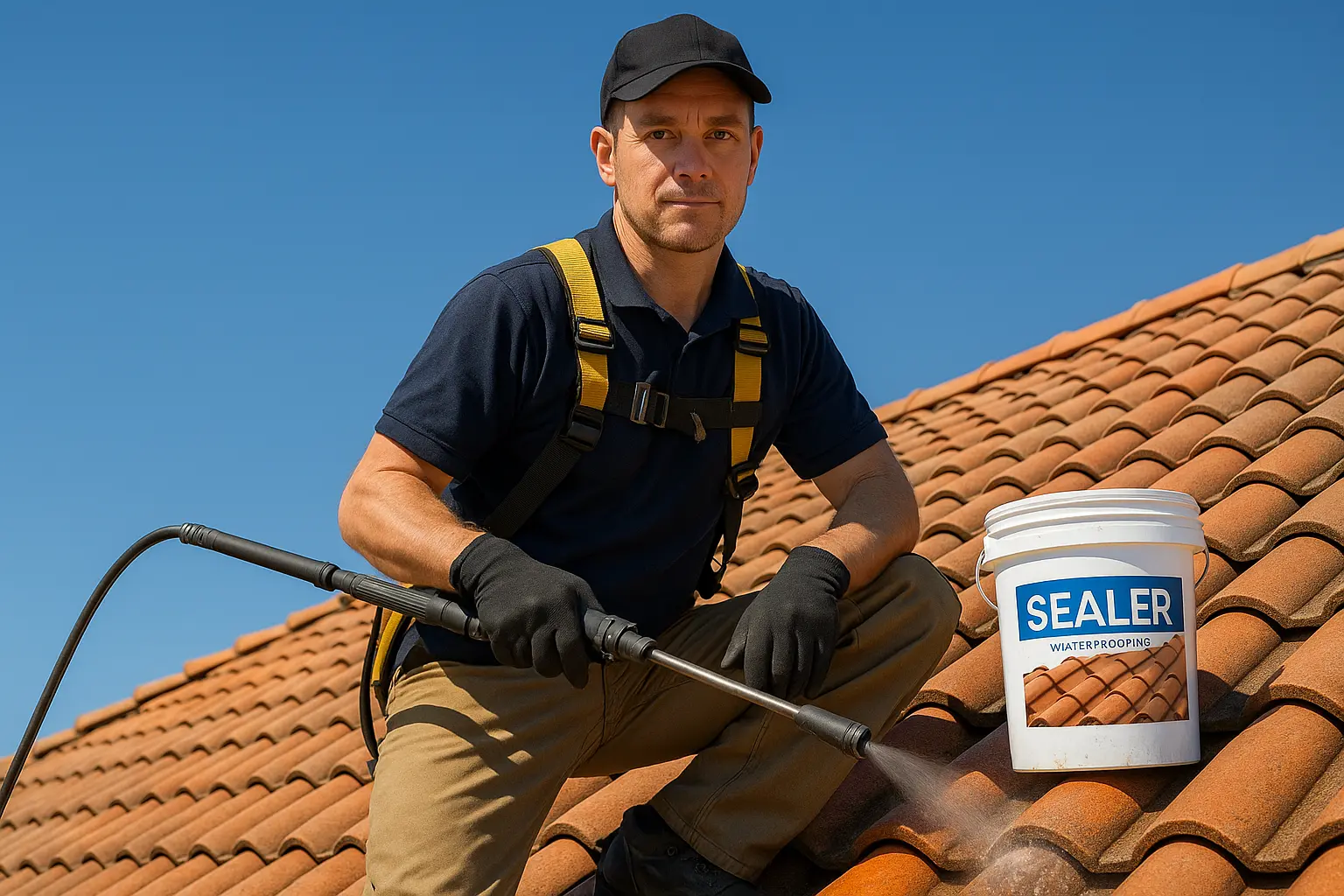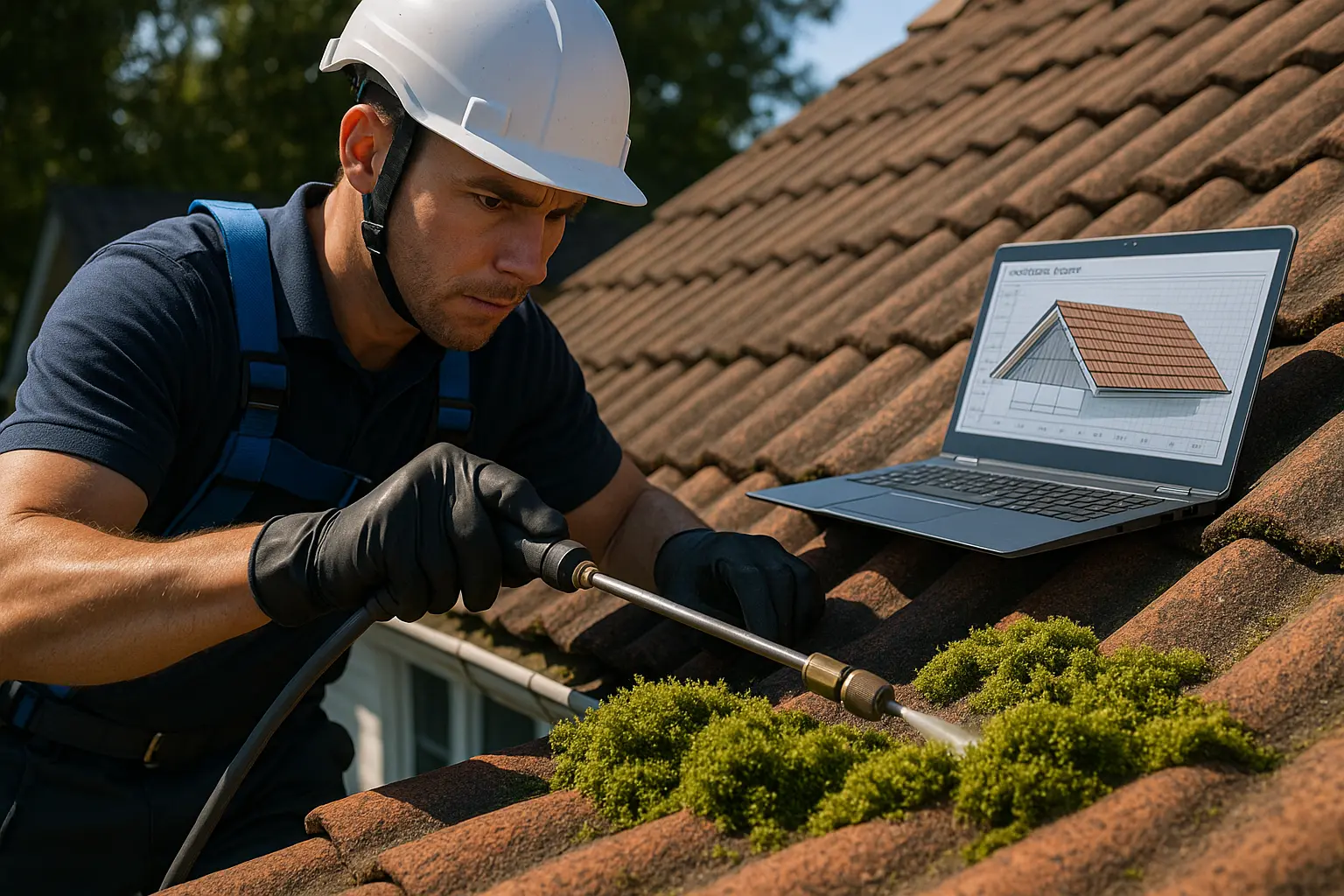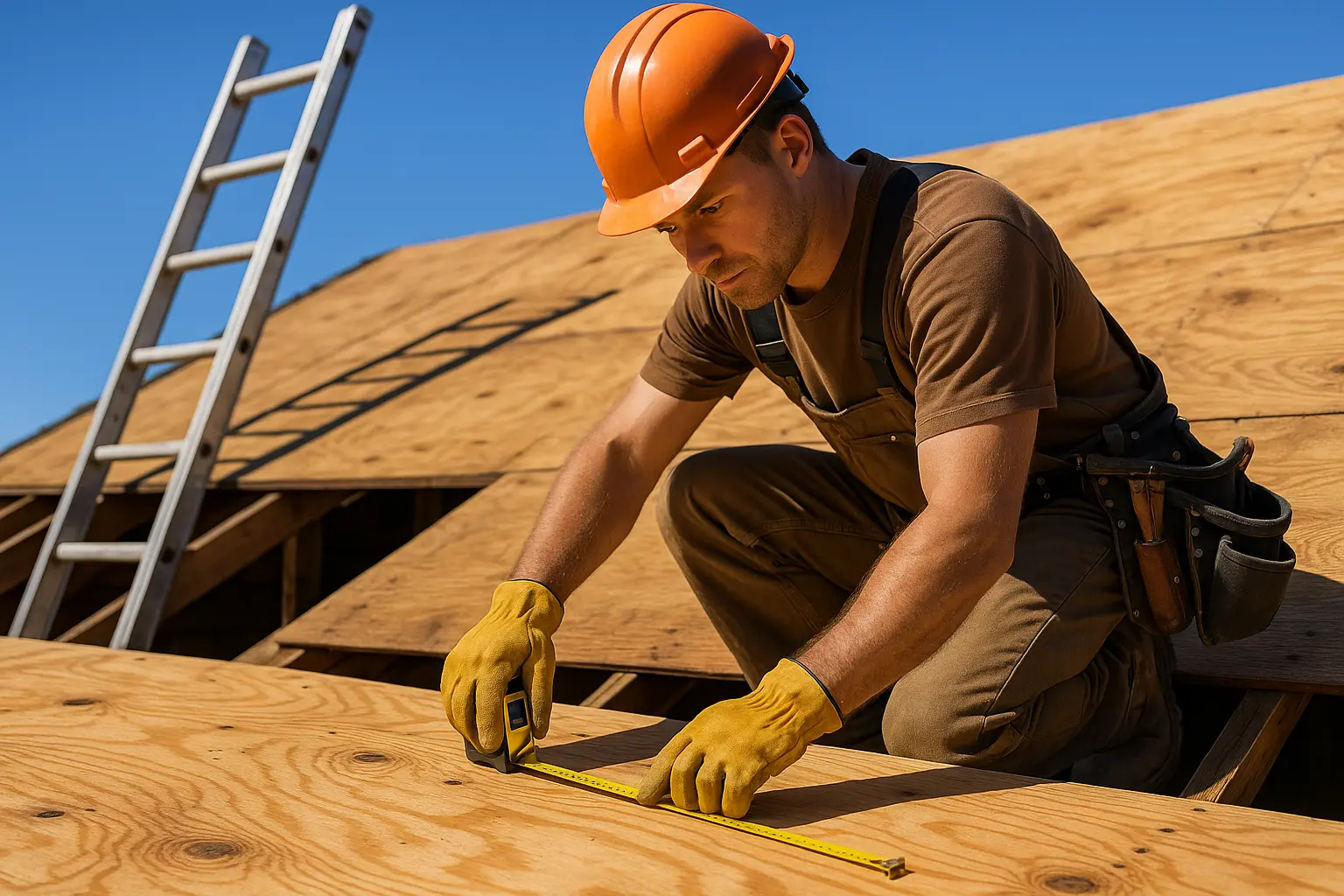Understanding Roof Leaks with flashing, sealing, waterproofing
Frequent Sources
When you first notice a roof leak, it can feel like a sudden disruption to your daily routine. These leaks often seem to appear out of nowhere, yet a closer look reveals that they develop over time. Over the years, natural wear, environmental conditions, and regular use can cause even the sturdiest roofs to show vulnerabilities. Homeowners who understand that proper flashing, sealing, waterproofing measures can help prevent a roof leak are in a much better position to tackle these issues before they worsen.
One major contributor to leaks is the existence of structures such as chimneys and vents. These components, although necessary for ventilation and proper appliance function, create openings that are challenging to seal completely. The point where a chimney or vent meets the roof becomes a weak spot, prone to cracking or shifting as the roofing materials undergo expansion and contraction with the weather. A small misalignment in the metal flashings or slight deterioration of the sealant might seem trivial until heavy rain or strong wind forces water through, which then leads to that dreaded roof leak.
Identifying At-Risk Spots
Recognizing the spots on your roof that may be at risk is a crucial step in proactive maintenance. These vulnerable areas usually include the intersections where structures like chimneys, vents, and skylights break through the roof’s surface. In these sections, multiple layers of roofing material must work together to block water, and over time, even the smallest crack can allow moisture to penetrate. Homeowners should inspect these joints for any signs of wear such as fissures in the flashing or discoloration around the seams.
For example, a weathered metal strip around a chimney might be the first indication of trouble. Small cracks, loose pieces, or visible rust on these pieces of metal are signs that the protective layer is beginning to fail. It is essential to monitor these areas closely. With a little effort and the right flashing, sealing, waterproofing techniques already in place, you can spot problems early and avoid costly repairs later on.
Weather’s Role in Deterioration
The daily battle between roofing materials and the elements is relentless. Wind, rain, snow, and sun all work together to wear down your roof over time. When heavy rain soaks into worn areas or when the sun’s heat causes materials to expand, it can lead to cracks that eventually result in a roof leak. Even hail can cause small dents and punctures, providing new entry points for water to exploit.
Exposure to extreme temperatures causes the material to undergo frequent expansion and contraction. This repeated stress, particularly around chimneys and vents, slowly chips away at the sealants that once held strong. Using proper flashing, sealing, waterproofing practices may reduce this damage, but no roof is completely immune to the onslaught of the weather. Regular checks after severe weather are highly recommended to catch early signs of deterioration.
Preventative Strategies
Routine Evaluations
An integral part of keeping your roof in top condition is to schedule routine evaluations. Having your roof inspected twice a year—ideally in the spring and fall—provides an opportunity to catch small issues before they transform into bigger problems. During these evaluations, pay particular attention to the areas around chimneys, vents, and other penetrations. Even a tiny crack or worn sealant can lead to a significant roof leak if left unchecked.
While a quick glance from the ground may seem sufficient, investing in a professional inspection can pay off in the long run. Specialists use tools such as infrared cameras and moisture meters to identify hidden problems. With a thorough check-up, you can verify that your flashing, sealing, waterproofing methods are working effectively to safeguard your roof. Remember that preventive upkeep not only extends the lifespan of your roof but also avoids unexpected repair costs.
Upgrade flashing, sealing, waterproofing Techniques
Enhancing the quality of your roof’s defenses is a wise investment. Traditional materials used for flashings, like aluminum, may not always hold up over time against harsh weather conditions. Upgrading to superior materials such as copper or stainless steel can provide additional longevity and strength. Copper, with its natural patina, not only protects against corrosion but also gives a unique aesthetic boost to your home. Stainless steel, known for its resistance to rust, can also be a valuable upgrade in harsh climates.
Modern advancements in flashing, sealing, waterproofing also include specialized products that are designed to better tolerate extreme conditions. Upgrading to these newer technologies could significantly improve your roof’s ability to withstand wind, rain, and temperature swings. By doing so, you reduce the risk of encountering a roof leak that might otherwise result from outdated or degraded materials.
Sealant Refresh
A critical part of maintaining a leak-free roof is ensuring that high-quality sealants are consistently applied. Over time, even the best sealants can wear down because of regular exposure to the elements. It’s important to clean the area thoroughly before reapplying the sealant so that the new layer adheres properly. Whether it is around chimneys or vents, a well-applied sealant can stop moisture in its tracks.
For optimal protection, consider using specialty sealants that come with UV inhibitors and mold-resistant properties. Not only will these advanced options offer better protection against sun damage, but they can also lessen the impact of damp conditions that might eventually lead to a roof leak. Routine reapplication—usually every three to five years—will help ensure that your roof remains resilient against weather-related challenges. With consistent flashing, sealing, waterproofing practices, your roof can be maintained in peak condition year after year.
Addressing Active Roof Leaks
Locate the Source
When you discover a roof leak, your first goal should be to pinpoint where it is coming from. Water rarely follows a straight path; instead, it travels along the weakest points, often making its way through structural beams or along the underside of the roof. Begin by checking the interior for any damp spots, water stains, or signs of mold, then look up at the roof to identify corresponding damage. Areas where the roof meets a chimney or vent often deserve special attention.
Using tools such as moisture meters or even a thermal imaging camera can help you find the exact location of the breach. It’s important to note any weakened sections where the flashing, sealing, waterproofing might have become compromised. Taking detailed notes and photographs can be beneficial when consulting with a professional, ensuring that they have all the information required to perform a precise repair.
Implement Quick Fixes
Once you have tracked down the source of the leak, quick temporary fixes can help prevent further damage. These stopgap measures are meant to hold things together until a full repair is possible. A common solution is the application of roofing tape or an emergency patch designed for quick waterproofing. Before applying any temporary fix, ensure that the area is completely dry for the best adhesion.
For example, if a small crack appears at the base of a chimney, clean and dry the spot before covering it with a waterproof patch. Such measures will slow the progress of a roof leak and protect your interior spaces until professional repairs can be arranged. Quick fixes are valuable during extreme weather conditions when waiting for a professional might not be an option, but they should always be followed up with a permanent solution.
When to Call in Experts
DIY repairs can sound appealing when dealing with minor issues, but sometimes it’s best to leave the work to experienced professionals. Professional roofing contractors have the specialized tools and skills to handle both straightforward and complex roof problems while ensuring compliance with local building codes. They can detect hidden conditions that may not be visible to the untrained eye, such as structural damage or internal rot.
In instances where a repair seems too extensive, reaching out to a roofing expert can not only guarantee a reliable fix but also provide warranties for their work. Knowing that experts stand behind their repairs offers peace of mind. Moreover, professional assessments can identify deeper issues that, if left untreated, might lead to recurrent roof leaks. In such cases, a comprehensive repair plan that includes updated flashing, sealing, waterproofing methods is the best course of action.
Conclusion
A secure roof is one of the key elements in preserving not just your home’s structure but also its value. By understanding how roof leaks develop—from the slow wear of materials near a chimney or vent to the impact of relentless weather—you can take a proactive approach to home maintenance. Regular inspections and timely repairs are essential, and investing in proper flashing, sealing, waterproofing can very well be the difference between a minor inconvenience and a major repair bill.
Preventive measures like routine evaluations and timely updates to your roof’s defenses help safeguard your home against water damage. Like scheduling regular health check-ups, ensuring your roof receives consistent care can prevent small issues from escalating. Whether it’s upgrading to durable materials or giving sealants a fresh application, every step plays an important role in maintaining a protective barrier against the elements.
If a roof leak does occur, swift action is the key to preventing further damage. Accurately identifying the leak, applying temporary covers, and involving qualified contractors contribute toward lasting repairs and increased safety. Ultimately, relying on solid flashing, sealing, waterproofing fundamentals ensures that your home remains secure and maintains its market value.
Taking the time to invest in a well-maintained roof is investing in your home’s future. Whether you choose to do regular inspections or act promptly when signs of a leak emerge, your efforts will pay off in more than just repaired walls—they help protect your cherished space from the unpredictable forces of nature. Remember, a commitment to proper roof maintenance today can mean the difference between worry and comfort tomorrow.





